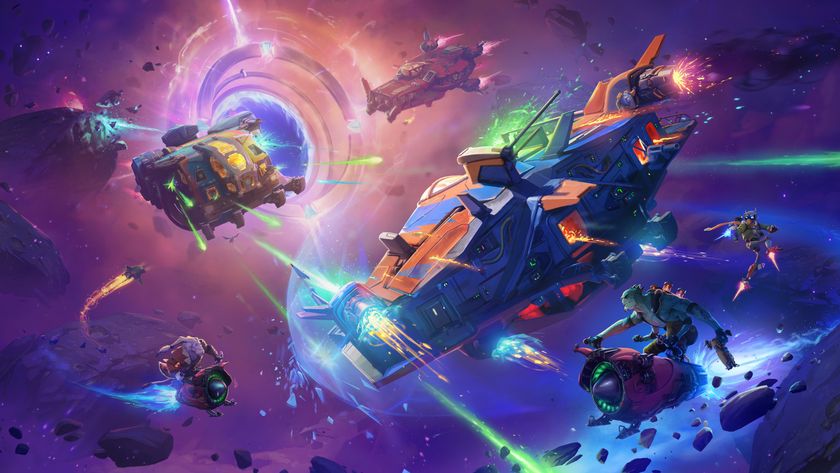Nintendo's most-failingest peripherals
Each and every one will (not) change the way we play games
N64 DD
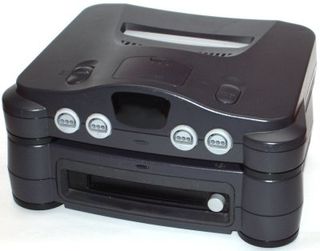
What it was supposed to do: Enhance the Nintendo 64 so it could store more data and allow players to create their own content via several proposed art programs. The initial list of games was extremely strong, with Zelda, Mario, Pokemon and Kirby titles all allegedly in development.
What it actually did: Suck, a lot. It lingered in the ether for years, finally releasing in Japan in 1999, just as the PlayStation 2 was about to curb stomp what little resistance Nintendo had left. Too little too late, and it was never seen outside of Japan.
Number of games that used it: Around nine in Japan, none elsewhere. Most of the games touted as system-sellers ended up on PlayStation (Dragon Quest VII) or converted to N64 cartridge (Majora’s Mask), so it was clear that no one, not even Nintendo, expected this to take off. You’d think everyone would have seen that coming sooner, considering the Famicom Disk System (another Japan-only disk device) didn’t pan out either.
e-Reader
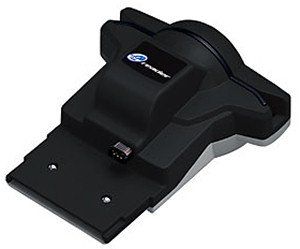
What it was supposed to do: Let you play classic NES games on Game Boy Advance via special cards that were sold separately. Each pack of cards contained an entire game, with titles like Donkey Kong, Mario Bros. and Excitebike leading the charge.
What it actually did: Make some of the simplest games of all time incredibly complicated to play. Want to play a one-screen game like Donkey Kong? Why put one cartridge into the GBA when you could spend 5 minutes swiping cards through a clunky, overpriced peripheral? The entire concept made no sense, as even these dead-simple games required multiple cards (and multiple swipes) to play. To make matters worse, the e-Reader didn’t fit properly on the GBA SP, which was released just one year later.
Number of games that used it: The initial 13 games functioned fine, but again, no one wanted to fumble around with a bunch of easily bent/lost/ruined cards. Other games, like Pokemon Ruby/Sapphire and (deep breath) Super Mario Bros Advance 4: Super Mario Bros 3, let you swipe cards for bonus items, a feature that took off in Japan but floundered everywhere else.
Two different microphones
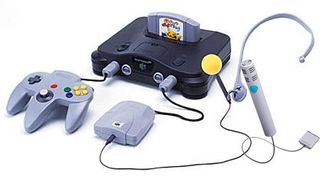
What they were supposed to do: Let you control games
Sign up to the GamesRadar+ Newsletter
Weekly digests, tales from the communities you love, and more
What they actually did: Recognize a handful of words and jumble ‘em up so even simple operations were more trouble than they’re worth. Hey You, Pikachu! walked away with awful reviews and the GameCube era microphone met similar criticism. As with most of the products in this article, the mics shipped with one key game, maybe had some follow ups, and were then discarded.
Number of games that used it: Two for the N64 mic (only one made it to the US, none elsewhere) and four for GameCube (two were Mario Party 6 and 7). That’s two total losses in two generations. Take it easy on microphones, OK?
DK Bongo Controller
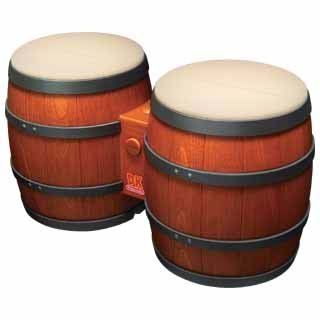
What it was supposed to do: Uh, let you play fake bongos? That seems very specific…
What it actually did: Hrm. These certainly performed as advertised, but how many effing games can you make that support plastic bongos? You’re kind of painting yourself into a corner.
Number of games that used it: Three in the US. Two of them were Donkey Konga (who wants a bongo-only version of “Send the Pain Below?”) and the third was Jungle Beat, recently released on Wii under the New Play Control banner. Piles of DK Bongos were available even recently for five bucks at GameStop, a great indicator of how little anyone ever cared.
Wrapping it up: How to fail online, both past and present
A fomer Executive Editor at GamesRadar, Brett also contributed content to many other Future gaming publications including Nintendo Power, PC Gamer and Official Xbox Magazine. Brett has worked at Capcom in several senior roles, is an experienced podcaster, and now works as a Senior Manager of Content Communications at PlayStation SIE.



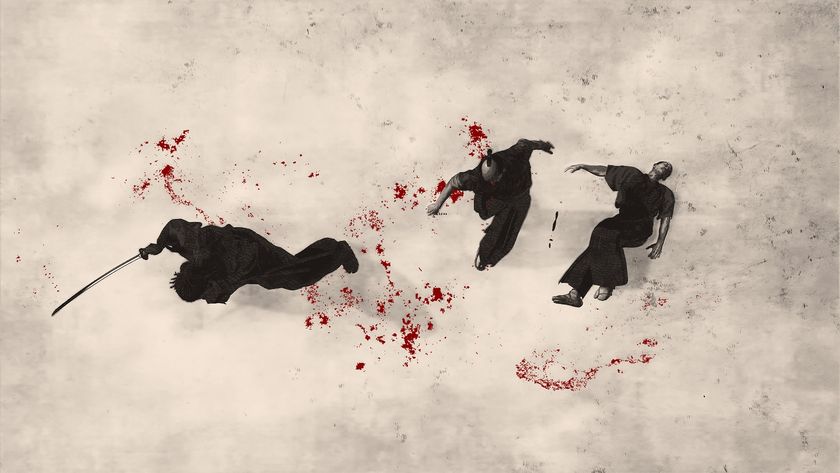
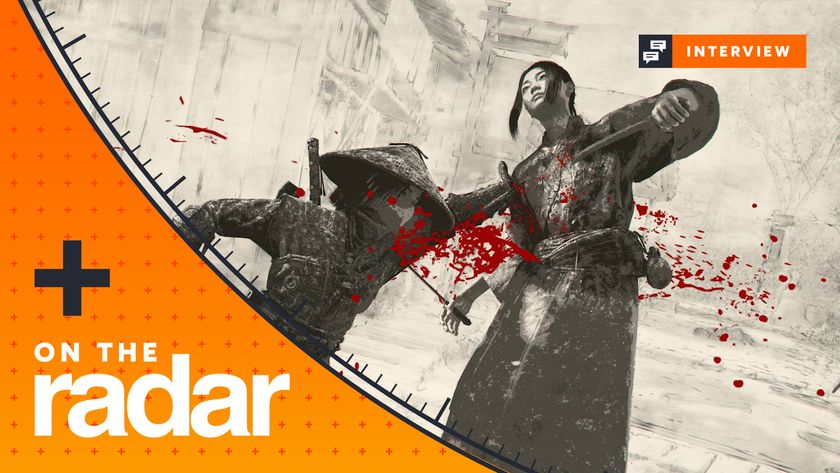
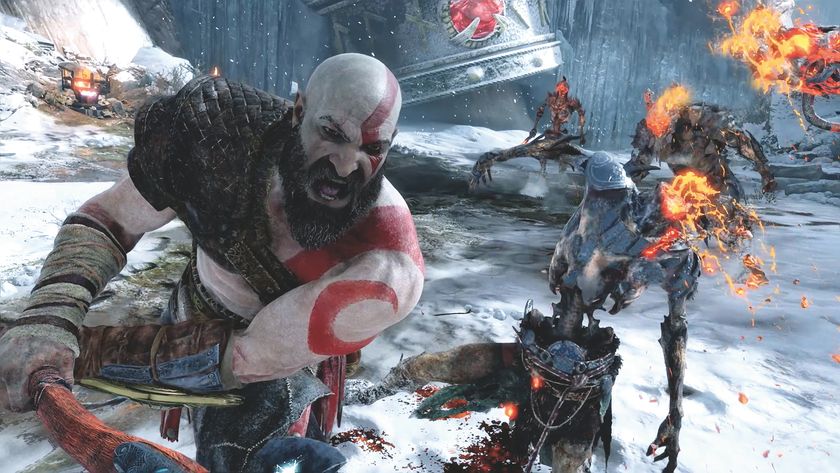


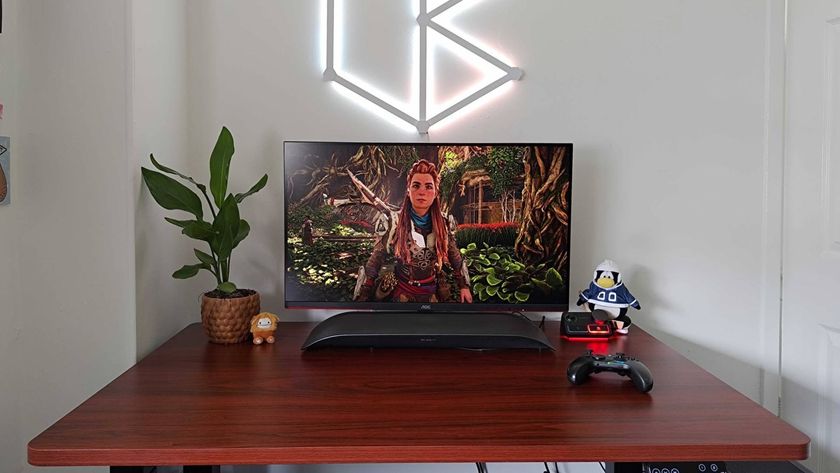
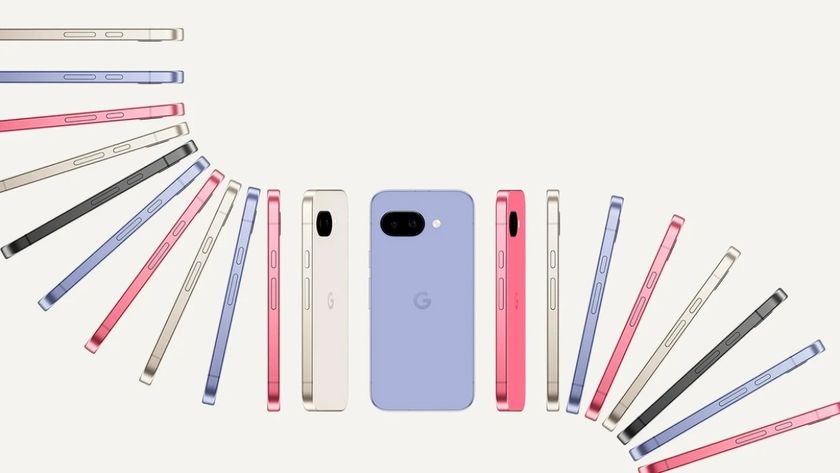
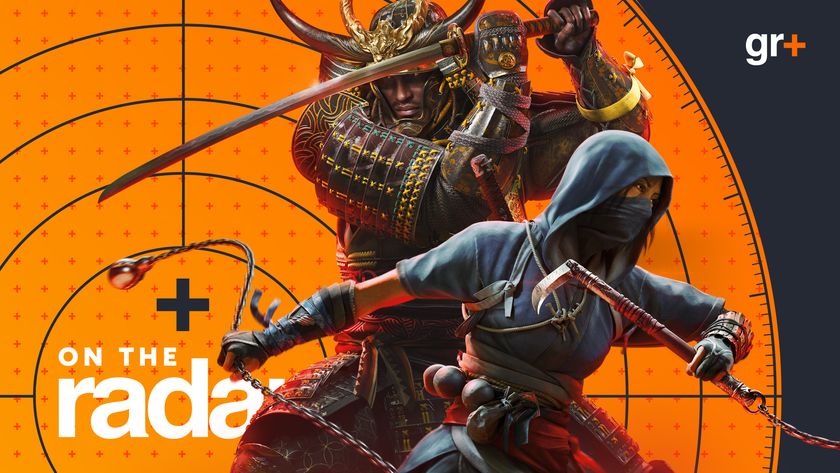


5 years after Avengers, 2 years after its last layoffs, and who knows how long before Perfect Dark and Tomb Raider return, Crystal Dynamics announces another round of layoffs

Getting Assassin's Creed Shadows on PS5 and Xbox Series X was all about adding "dynamism" to the open world, but the devs seem most proud about the trees






